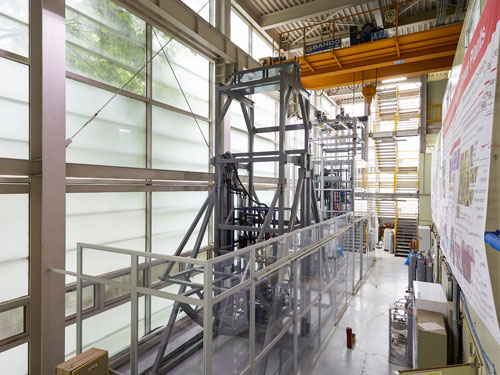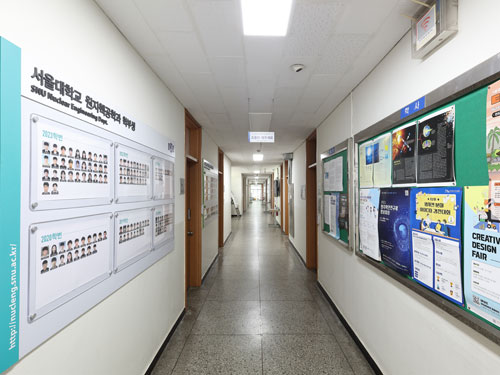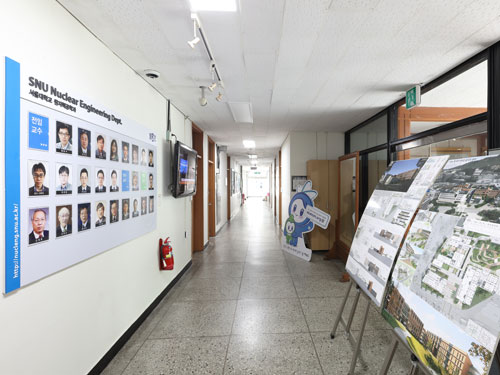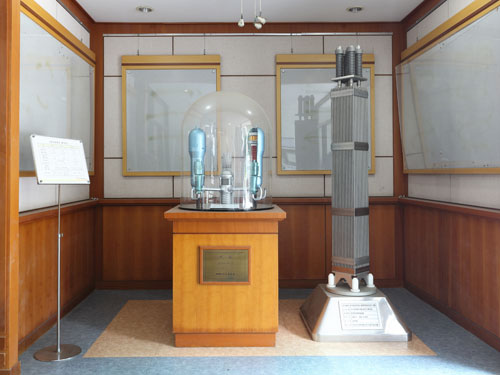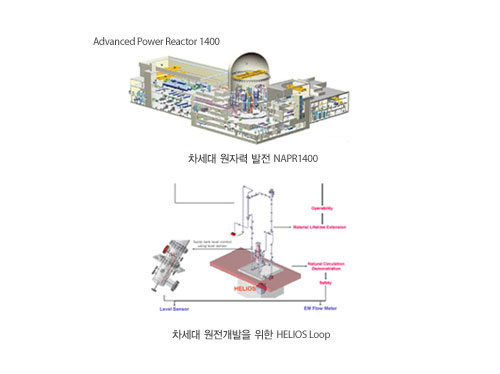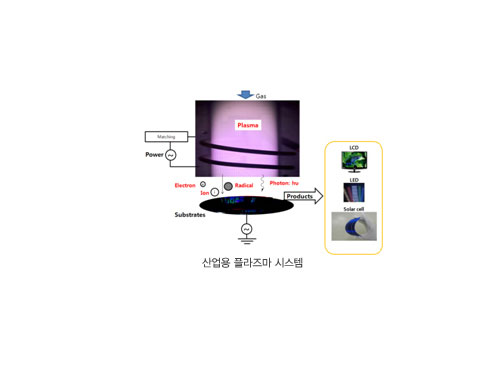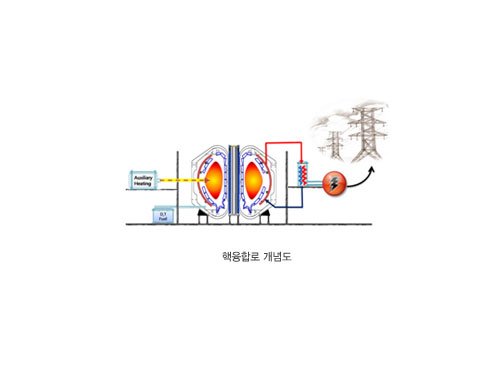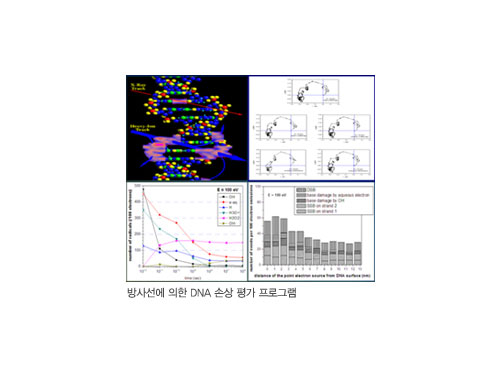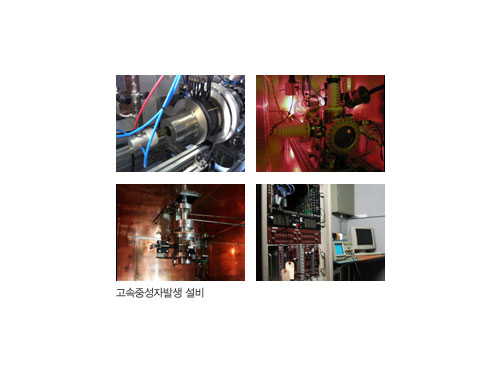- About
- Academics
-
Undergraduate Programs
- Civil and Environmental Engineering
- Architecture and Architectural Engineering
- Mechanical Engineering
- Industrial Engineering
- Energy Resources Engineering
- Nuclear Engineering
- Materials Science and Engineering
- Electrical and Computer Engineering
- Naval Architecture and Ocean Engineering
- Computer Science and Engineering
- Aerospace Engineering
- Chemical and Biological Engineering
-
Graduate Programs
- Civil and Environmental Engineering
- Architecture and Architectural Engineering
- Mechanical Engineering
- Industrial Engineering
- Energy Systems Engineering
- Materials Science and Engineering
- Electrical and Computer Engineering
- Naval Architecture and Ocean Engineering
- Computer Science and Engineering
- Chemical and Biological Engineering
- Aerospace Engineering
- Interdisciplinary Program in Technology, Management, Economics and Policy
- Interdisciplinary Program in Urban Design
- Interdisciplinary Program in Bioengineering
- Interdisciplinary Program in Artificial Intelligence
- Interdisciplinary Program in Intelligent Space and Aerospace Systems
- Chemical Convergence for Energy and Environment Major
- Multiscale Mechanics Design Major
- Hybrid Materials Major
- Double Major Program
- Open Programs
-
Undergraduate Programs
- Research
- Campus Life
- Communication
- Prospective Students
- International Office
- HOME
- Academics
- Undergraduate Programs
- Nuclear Engineering
- Civil and Environmental Engineering
- Architecture and Architectural Engineering
- Mechanical Engineering
- Industrial Engineering
- Energy Resources Engineering
- Nuclear Engineering
- Materials Science and Engineering
- Electrical and Computer Engineering
- Naval Architecture and Ocean Engineering
- Computer Science and Engineering
- Aerospace Engineering
- Chemical and Biological Engineering
Nuclear Engineering
 ChairYong Su Na
ChairYong Su Na Tel02-880-7201
Tel02-880-7201

Introduction
Nuclear engineering is a multidisciplinary field that deals with technologies providing various benefits to humanity by utilizing the enormous nuclear reaction energy and various fundamental particles that make up atoms. It focuses on advanced energy-based science and technology, such as nuclear power generation, which harnesses the enormous energy released by nuclear fission reactions to produce electricity, and nuclear fusion power generation, which has the potential to fundamentally solve the energy depletion problem. Furthermore, it involves the research and development of new technologies and systems that will create and lead current and future industries by using plasma, radiation, accelerators, and lasers with the latest scientific and technological advancements.
The Department of Nuclear Engineering at Seoul National University focuses on advanced energy engineering technologies and the research and development of plasma and radiation, which are gaining attention with the latest scientific advancements of the 21st century. It serves as a cradle for engineers who will lead in creating national wealth and improving the quality of life for mankind. By enhancing research capabilities in core nuclear engineering technologies and challenging unexplored scientific and technological fields, the department strives to achieve creative and world-class research and development, thereby fostering international competitiveness and nurturing talents that will lead the world. To cultivate nuclear engineering leaders in various fields, the department emphasizes developing a broad foundation of basic academic knowledge and engineering problem-solving skills. The graduate program provides in-depth education and research divided into three major areas: nuclear energy systems engineering, fusion and plasma engineering, and radiation and subatomic particle engineering.
Career Paths after Graduation
Established in 1959, the department celebrated its 60th anniversary in 2019. Over the years, it has produced over 1,400 bachelor's degree holders, 480 master's degree holders, and 220 Ph.D. holders. Graduates have taken on pivotal roles in various fields, including prestigious universities in the United States, Europe, and Japan, domestic research institutions such as the Korea Atomic Energy Research Institute and the Korea Institute of Fusion Energy, and U.S. national laboratories like Argonne, Idaho, Los Alamos, Lawrence Livermore, and Princeton Plasma Physics Laboratory. They are also involved in international organizations such as the IAEA and ITER, and in the nuclear industry with companies like Korea Electric Power Corporation, Korea Hydro & Nuclear Power, KEPCO Engineering & Construction, KEPCO Nuclear Fuel, and the Korea Radioactive Waste Agency. Additionally, graduates have joined government regulatory bodies like the Nuclear Safety and Security Commission, the Korea Institute of Nuclear Safety, and the Korea Institute of Nuclear Nonproliferation and Control. Graduates are also active in industries related to plasma applications, including Samsung Electronics, SK Hynix, Samsung Display, and LG Electronics. Recently, with increased investment in the development of small modular reactors, the scope of industrial entry has expanded to include companies such as Samsung C&T, GS Energy, Doosan Enerbility, SK, SK Innovation, HD Hyundai Heavy Industries, Hyundai Construction, Hyundai Engineering, and POSCO E&C.
Research Areas
- Nuclear Energy System Engineering
- Fusion and Plasma Engineering
- Radiation and Subatomic Particle Engineering

